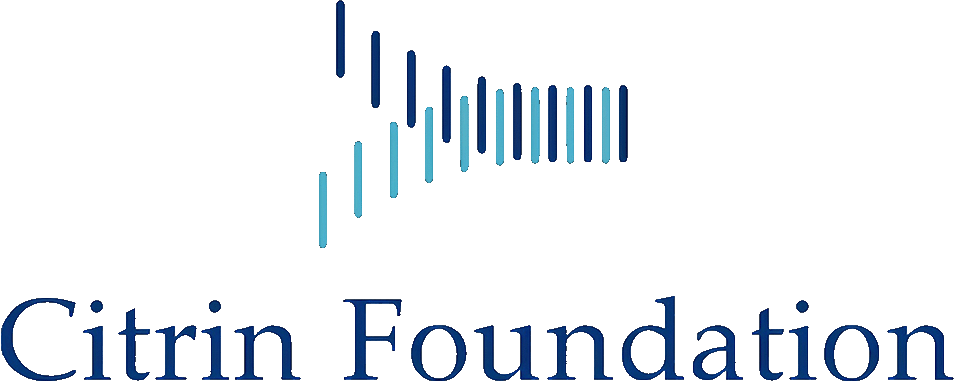Paul M. YEN, MD , Winifred YAU, and Kiraely A. WONG
Department of Cardiovascular and Metabolic Diseases, Duke-NUS Medical School, Singapore
Assessment of amino acid, nutritional, cell signaling, and metabolomic changes in a hepatic model of citrin deficiency
Introduction
Citrin deficiency (CD) is an autosomal recessive metabolic disorder caused by mutations in the SLC25A13 gene that encodes the mitochondrial aspartate/glutamate transporter, citrin. This transporter is involved in metabolic pathways such as protein, nucleotide, and urea syntheses in cytosol, aerobic glycolysis as a member of malate aspartate shuttle, and gluconeogenesis from lactate. It is essential for maintaining the balance of the urea cycle and the production of urea, the main route for ammonia detoxification in the body. CD can have three major presentations: neonatal intrahepatic cholestasis (NICCD), adult-onset type II citrullinenia (CTLN2), and failure to thrive with dyslipidemia (FTTDCD). Currently, the management of CD is dependent upon the clinical presentation of the patient. NICCD can be managed by decreasing the elevated serum ammonia levels through dietary and nutritional intervention. Patients suffering from CTLN2 can have severe hyperammonaemia, very poor prognosis, and high mortality rates. Argininosuccinate synthetase (ASS1) protein expression activity also is decreased in some cases of adult onset CTLN2, and worsens ammonia accumulation. Patients with FTTDCD are managed by various dietary regimens (e.g., low carbohydrate, specific amino acids) that have not been studied extensively.
Saheki and coworkers have carefully characterized the clinical presentation of CD, and previously created a mouse model of CD, citrin/mitochondrial glycerol-3-phosphate dehydrogenase (Ctrn/mGPD) double-KO mice. However, species-specific differences between rodents and man as well as the requirement for mutations in both SLC25A13 and mitochondrial glycerol-3-phosphate dehydrogenase (mGPD) genes to induce hyperammonemia limits its application as a model for CTLN2 in humans. Additionally, there currently is no robust in vitro model of this disease. A cell culture model of CTLN2 would provide reproducible and rapid data that could be translatable to both in vivo and human systems. Additionally, this cell culture model could be used for high-throughput screening to identify nutritional conditions and compounds that reduce hyperammonemia when SLC25A13 mutations are present. Recently we used SLC25A13 and ASS1 siRNA siRNA individually, and in combination, to knock down their expression in the HepG2 human hepatic cell line. We found that that there was increased hyperammonemia in the cells in which SLC25A13 alone and both SLC25A13 and ASS 1were knocked down. These cells also appeared to have decreased mitochondrial quality and turnover. These studies provide the rationale for developing different hepatic cell lines in which SLC25A13 is knocked out permanently and to replace the normal SLC25A13 gene with mutations from patients by using CRISPR/Cas9 technology, a novel gene-editing method, to create hepatic cell culture models of the disease with specific mutations. We also will study the effects of specific nutritional conditions in the media and their effects on ammonia production and cellular metabolism for the knockout and mutation-carrying cell lines.
Specific Aims:
Specific Aim 1. To generate a SLC25A13 knockout cell line in HepG2 cells using CRISPR/Cas9 technology to examine the effects of specific amino acids, various nutrient conditions, and drug treatments on autophagy, cell signaling, ammonia production, and mitochondrial function
Specific Aim 2. To study the effects of specific mutations from CTLN2 patients using CRISPR/Cas9 technology in the HepG2 cell culture model and examine the effects of specific amino acids, various nutrient conditions, and drugs on rescuing changes in ASS1 decline, cell signaling, and ammonia production. Additionally, we will the compounding effects hepatic ASS1 decline in CTLN2 patients using the HepG2 cell culture models from Specific Aim 1 and here.
(Updated February 2019)


 Professor Paul Yen is a Professor at Duke-NUS Graduate Medical School in Singapore and Head of the Laboratory of Hormonal Regulation in the Cardiovascular and Metabolic Disorders Program. He obtained his M.D. from The Johns Hopkins University School of Medicine, completed his residency in internal medicine at University of Chicago and his endocrinology fellowship at National Institutes of Health (NIH).
Professor Paul Yen is a Professor at Duke-NUS Graduate Medical School in Singapore and Head of the Laboratory of Hormonal Regulation in the Cardiovascular and Metabolic Disorders Program. He obtained his M.D. from The Johns Hopkins University School of Medicine, completed his residency in internal medicine at University of Chicago and his endocrinology fellowship at National Institutes of Health (NIH).